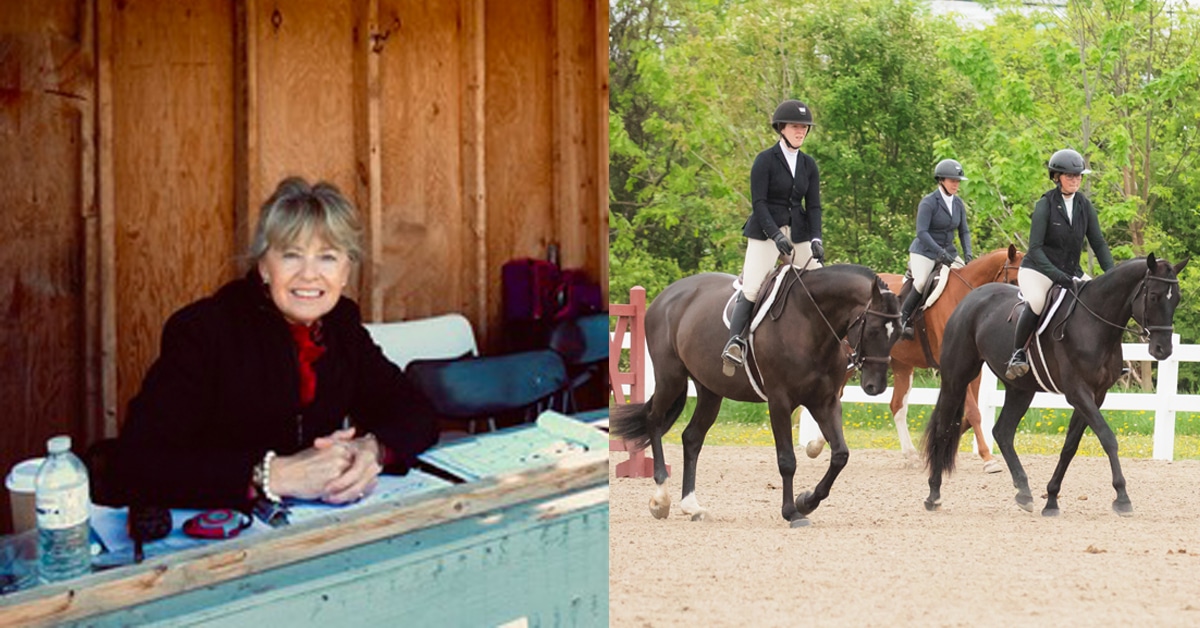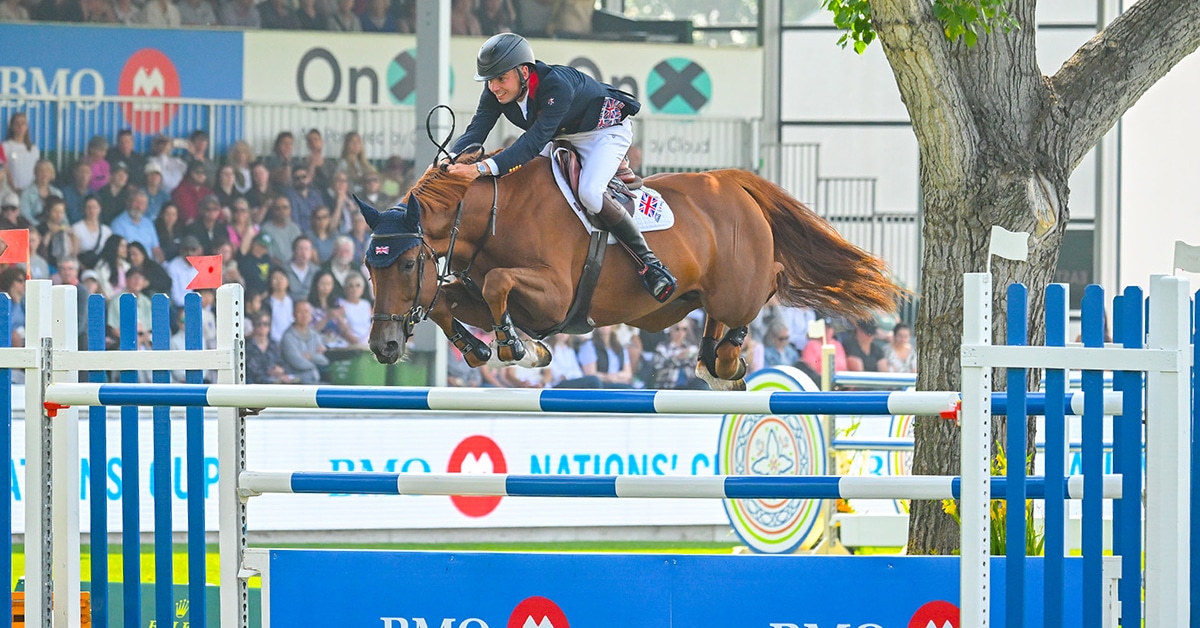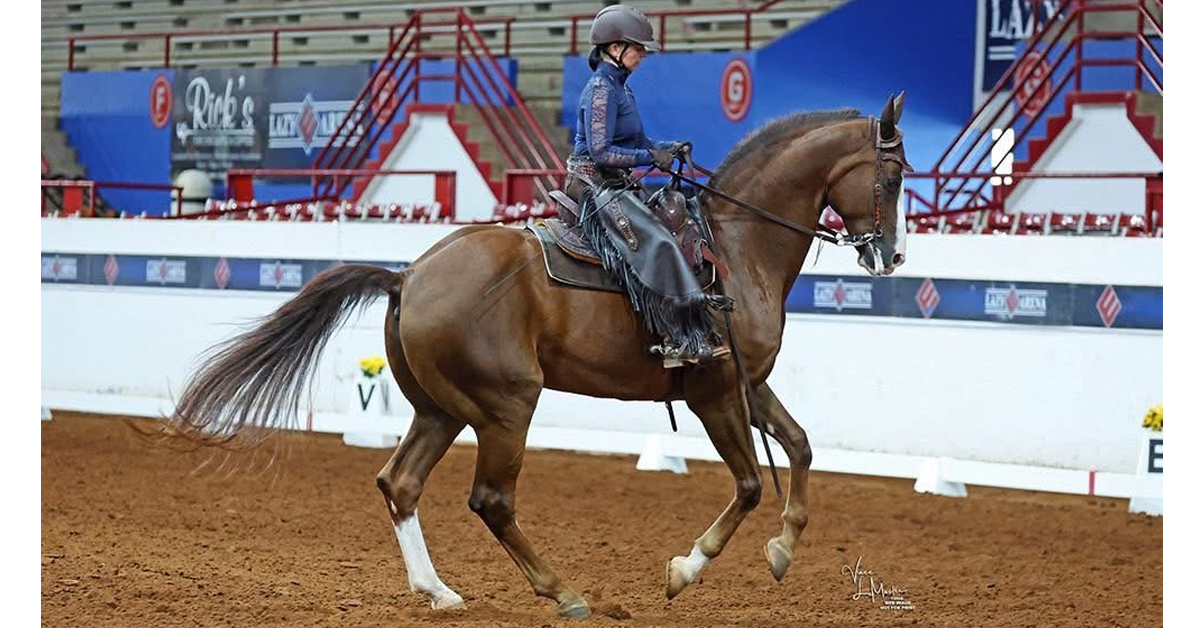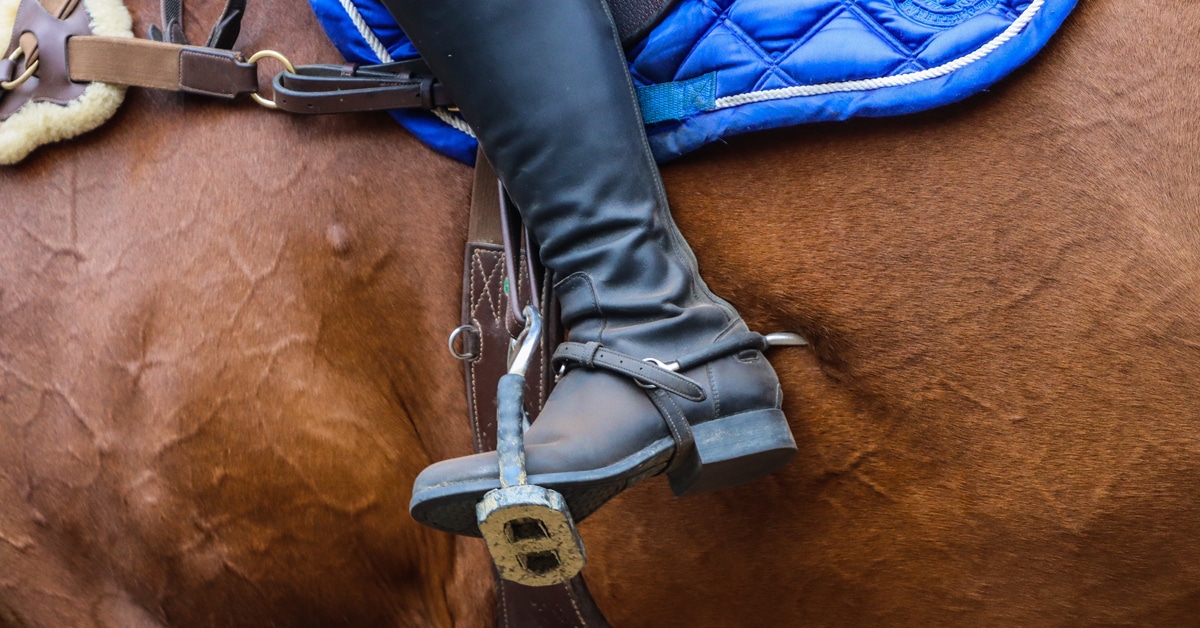Dr. Fernando Marques, a professor and veterinarian at the Western College of Veterinary Medicine, explains that knowing how genetics works can provide some answers to those questions about genetic diseases, and allows you to make better decisions about breeding for a healthy foal.
“Some diseases have autosomal recessive modes of inheritance,” he says. “That means only individuals which are homozygous-recessive – those who carry two copies of the allele that codes for the recessive trait – are affected and show clinical signs of the disease. Heterozygous animals that have two different copies of the allele, one dominant and one recessive, are carriers and do not show clinical signs.” In fact, he adds, you can’t distinguish clinically the “carrier” from the horse who has two of the dominant (healthy) alleles.
It’s all in the alleles
In simpler language: all of the horse’s traits are coded in his alleles. For each trait, the horse has one allele from his mother, and one from his father. The sperm cells (in the male) and egg cells (in the female) are the only ones that contain just one allele for each trait – when they are formed in the body, the cells split in half so that each has just half of the animal’s genetic code.
So what happens if, for example, a horse inherits an allele for a black coat from his father, and one for a chestnut coat from his mother? You don’t get a horse with a red coat and black spots. One allele will be dominant over another, and will be the one that is seen in the animal. In this case, if chestnut is dominant over black, the foal will be chestnut. The allele that is “masked” by the dominant allele is described as recessive. (There are some situations where one allele is not completely dominant over the other – it can get complicated.)
This is what happens with inherited diseases or conditions as well. If the allele for the disease is dominant, then any horse who inherits that allele will have the disease. Usually you would then avoid breeding any horse with that condition to prevent passing it on.
However, if the allele for the condition is recessive, then you can have a perfectly healthy horse who carries the allele for a particular condition, but shows no signs of it. One of the horse’s parents will also carry that allele, but again, it can be masked by the dominant allele, so this horse does not have any health problems as a result.
But now imagine that horse is bred to another horse who (while appearing healthy) also carries the recessive allele for that illness. The chart on page 22 shows what may happen (the top row lists the alleles the stallion could pass on, the first column are the alleles the mare could pass on).
On average, out of every four foals, one will inherit only the dominant, healthy alleles. Two other foals will be healthy, but carry the allele for the condition in question. The fourth will have the condition, because he or she inherited one allele for the condition from the mare and one from the stallion.
Breed-specific problems
You can see why this can be a problem when horses who are closely related are bred to each other. Their common ancestors make it more likely that they might both carry a “hidden” or recessive allele that could cause a foal to have a serious medical condition.
This is also why some diseases can be confined to certain breeds – or at least be much more common in some breeds. For example, junctional epidermolysis bullosa (or JEB) is a fatal condition primarily seen in American Saddlebred and Belgian foals. The alleles affect the development of the skin and the mucous membranes so that the affected foals develop blisters and open sores, especially on any pressure points, and their hooves begin to slough off. Foals must be euthanized as soon as the condition is discovered. Clearly, some horses used in the development of these breeds were carriers of this unfortunate disease.
Genetic testing for JEB and other conditions is now becoming more widely available, and this enables horse owners to avoid breeding horses that are carriers, or at least not breeding them to animals who are also carriers.
These conditions can start showing up in other breeds if horses from an affected breed are part of the ancestral line. This has happened with cerebellar abiotrophy (CA), a neurological disease originally seen only in Arabian foals. It has affected Welsh ponies, Trakehners, and other breeds where crosses with Arabian horses were added to refine or improve the breed. The Arabians were healthy, but were carriers of the allele causing CA.
Mutations
Another type of genetic disease is caused by a mutation in the allele. During the process of dividing to form sperm or egg cells, some alleles can be damaged or can divide imperfectly. In many cases, the other normal allele will be dominant, and the foal will be healthy, but in some cases the damaged allele creates health issues.
One example is called trisomy, where the foal inherits three alleles for a particular trait rather than the normal two (because one of the alleles did not divide as it should have when the sperm cell or egg cell was forming). Depending on the alleles involved, this can cause problems such as abnormal genitals, neurologic problems, or metabolic issues.
Another situation is when a mare inherits just one X chromosome instead of the normal two (she would have only 63 chromosomes instead of the 64 horses are supposed to have). She would look like a mare, but be smaller than usual with an under-developed reproductive tract, and would be infertile. Because these conditions are the result of mutations, they can’t be avoided even through a careful breeding program – they just happen.
What does all this mean to a breeder? While diseases due to mutations can’t be prevented, a careful study of your horse’s pedigree, and any information about foals in that bloodline that developed genetic diseases, can help you plan your breeding program. Arm yourself with as much information as possible, and when in doubt, genetic testing might also be advisable.
The Latest









